Moroccan marvels: Dive into North Africa's diverse cultural heritage
By Lee JaeeunPublished : Dec. 23, 2023 - 16:01
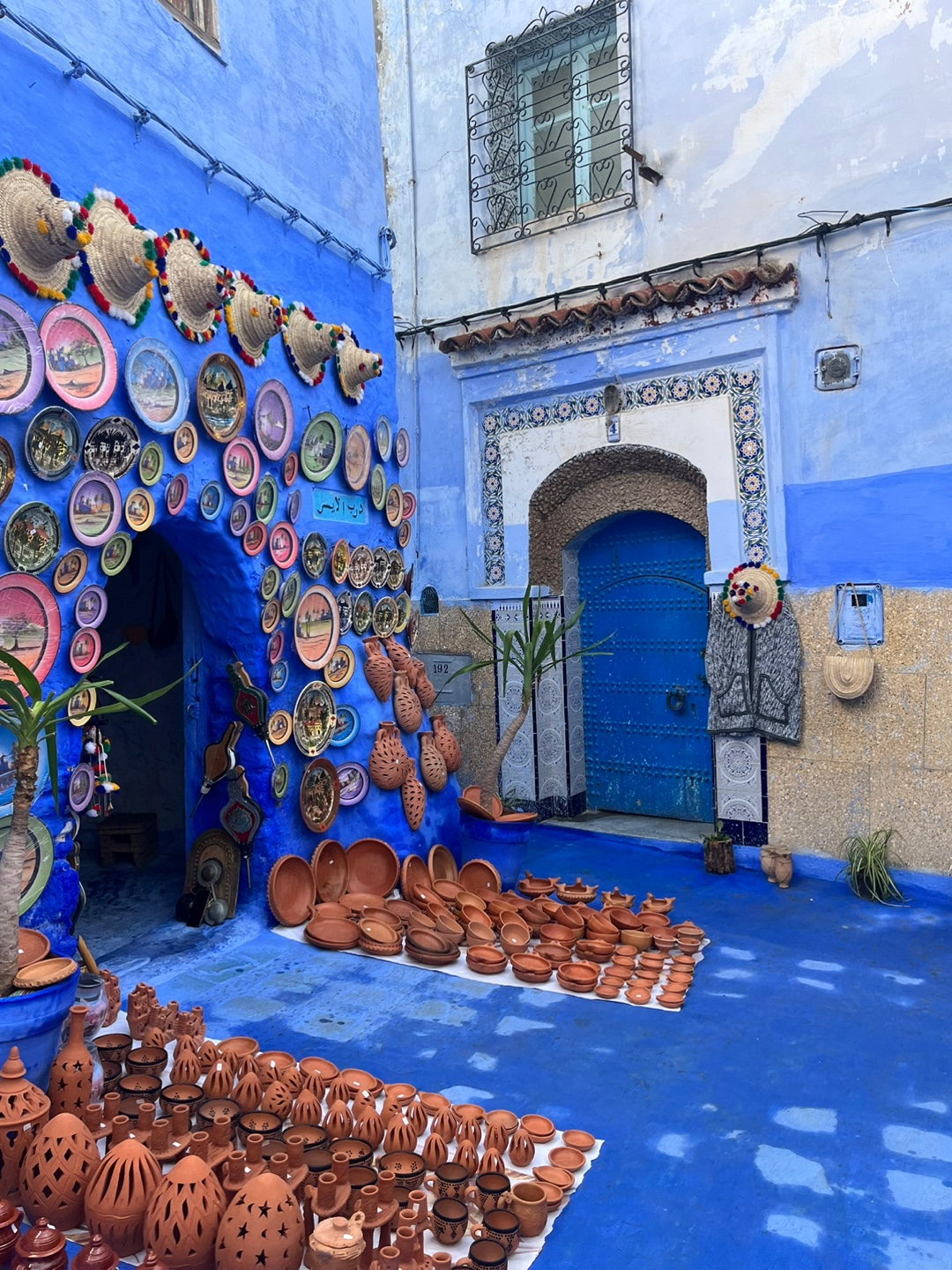
RABAT, Morocco — The Kingdom of Morocco is expanding its presence in South Korea's travel market as tourists seek new destinations for travel from Korea.
Morocco presents itself as a richly diverse "melting pot" in terms of beliefs, ethnic groups and ways of life. The country is located on the African continent, but only one hour away from southern Spain by ferry, spanning from the Atlantic Ocean to the Mediterranean Sea, bordered by Mauritania and Algeria.
Due to its strategic position in North Africa, the culture of the Berbers, who are Indigenous to the Maghreb region, has mixed with Arab culture following the Muslim conquest of the Maghreb in the seventh and eighth centuries.
Morocco's proximity to the Iberia Peninsula enabled the Berber and Arab cultures to be complemented by Jewish, Roman, Portuguese, Spanish, Ottoman and French influences.
Morocco will appeal to Korean tourists for a number of reasons. “Every Moroccan city has different charms and Korean tourists are usually very satisfied with its unique scenery and cultural heritage. The number of Korean tourists who want to travel to this African nation is surging, so we are now making many tour programs for Morocco,” a Korean tour operator employee surnamed Lee, said.
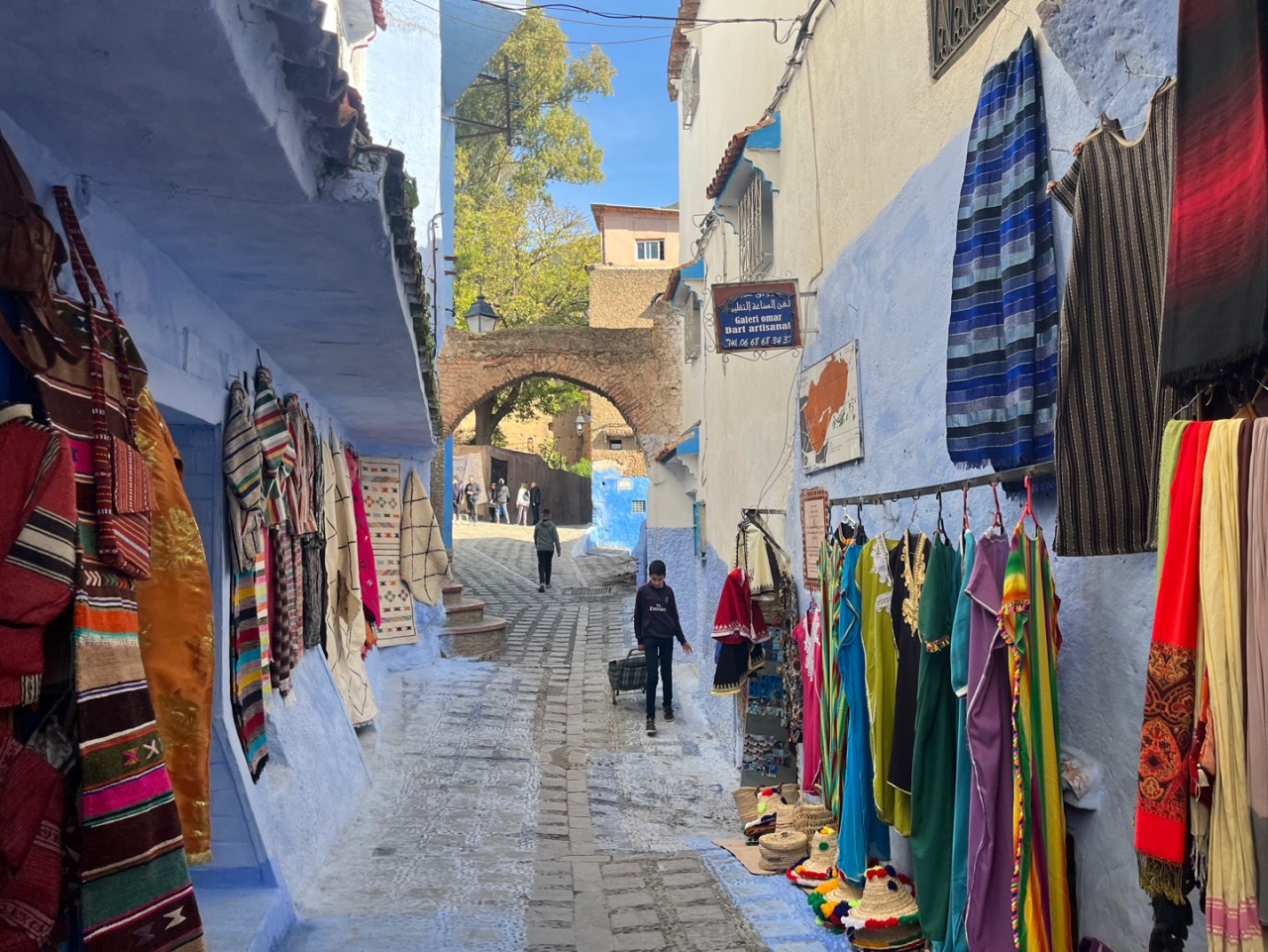
The North African country is already a top tourist destination globally. Up to 2.9 million visitors toured Morocco in the first quarter of 2023. That’s 17 percent more on-year than in 2019 and 464 percent more on-year than in 2022, according to data from Morocco’s Ministry of Tourism. The increase in incoming tourism is primarily being driven by French, Spanish, British, Italian and American travelers, the office added.
“The Moroccan National Tourism Office seeks to position the country among the world's top 10 destinations and the country highly welcomes Korean tourists,” an official from the Moroccan National Tourism Office said.
“Although it is still a small portion compared to European tourists, recently, the number of Korean tourists has been growing fast. Therefore, we have decided to hire a tour guide who can speak in Korean,” a travel agency official in Fes said.
Since there are no direct flights from Incheon to Morocco yet, tourists from Korea usually transfer in Istanbul, Paris, Doha, Abu Dhabi or Dubai. On average, this flight takes 22 hours one way, from Incheon to Casablanca, Rabat or Marrakech. It is also possible to take the ferry after traveling to the Iberian Peninsula. The port of Tangier Ville in Morocco is only one hour away from Tarifa, at the southernmost tip of Spain's Cadiz province, by ferry.
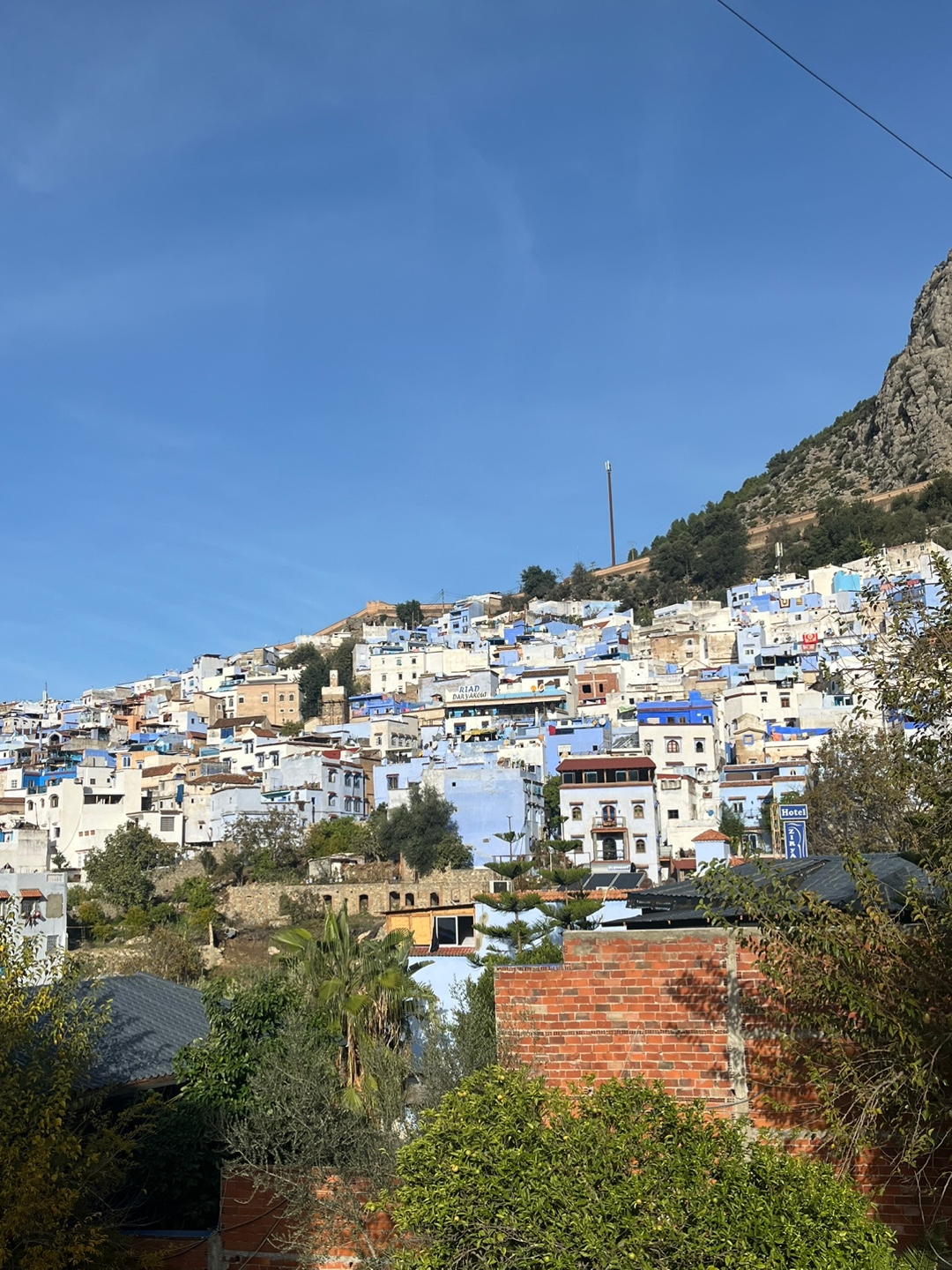
Chefchaouen
Chefchaouen, a small city of approximately 42,000 in the Rif Mountains of northwest Morocco, was founded in 1471 by Jews and Muslims known as Moors fleeing the Spanish Inquisition. It’s well known for its striking, blue-washed buildings. Since the color blue is representative of the sky according to Jewish beliefs, the Jewish exiles spread the blue fever to the entire village by painting it blue. It is a favorite destination in Morocco for Korean and Chinese tourists, according to Mhamed Alaoui Fdili, working at S'tours, a Moroccan tour agency.
Chefchaouen is walkable so exploring the picturesque alleyways is particularly enjoyable by foot. Many take photos against the sky-blue buildings, while others stop to look at traditional Moroccan wool products and other crafts for sale.
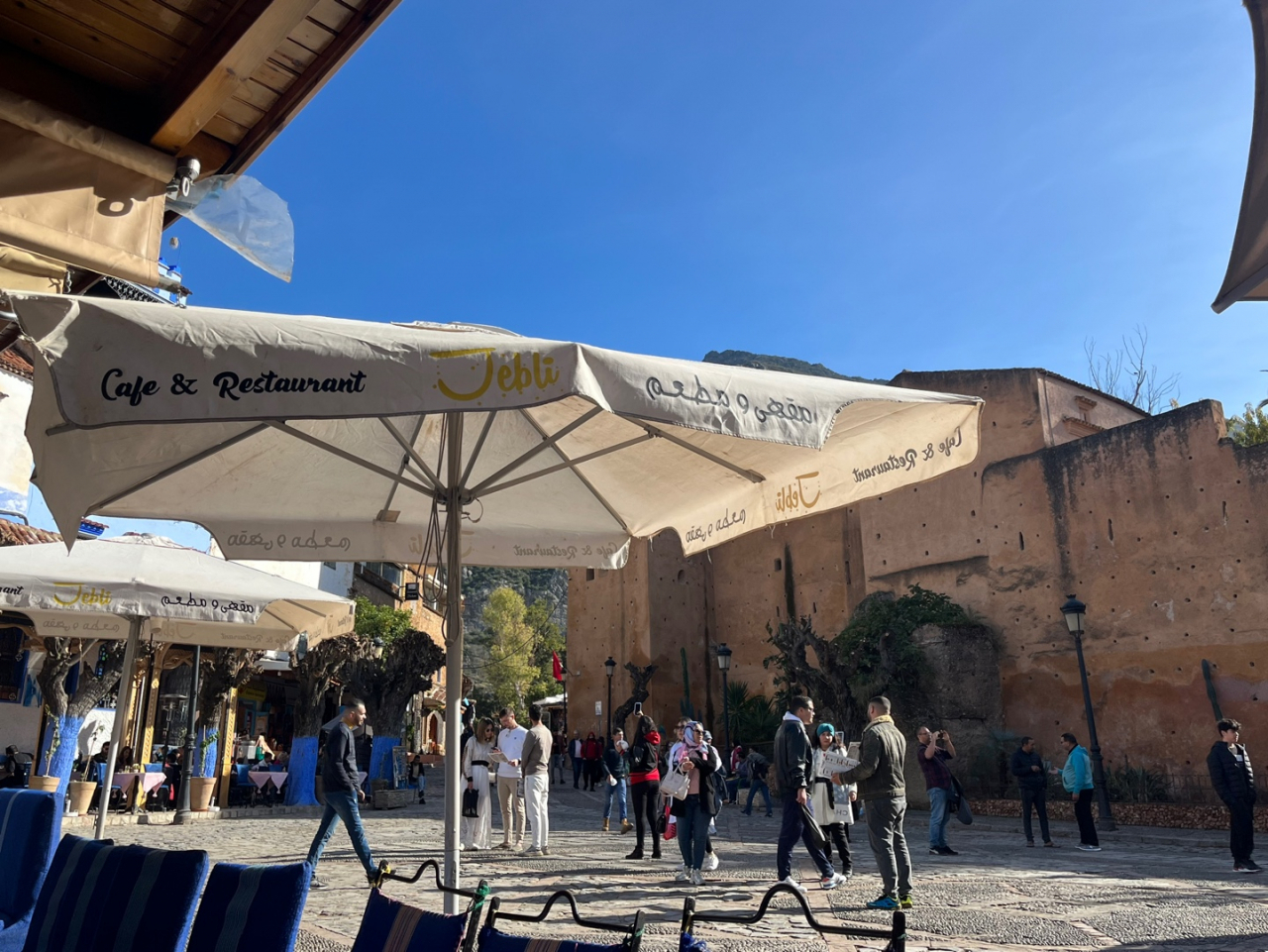
After a few hours of walking, visitors can stop for a cup of Moroccan mint tea, a traditional blend of green tea with spearmint leaves and sugar, at the main square, Outa El Hammam. Coming from Korea's extreme winter cold, sipping this refreshing drink in an outdoor cafe bathed in warm sunlight can bring a moment of pure joy, as cats yawn and stretch out beneath one's feet.
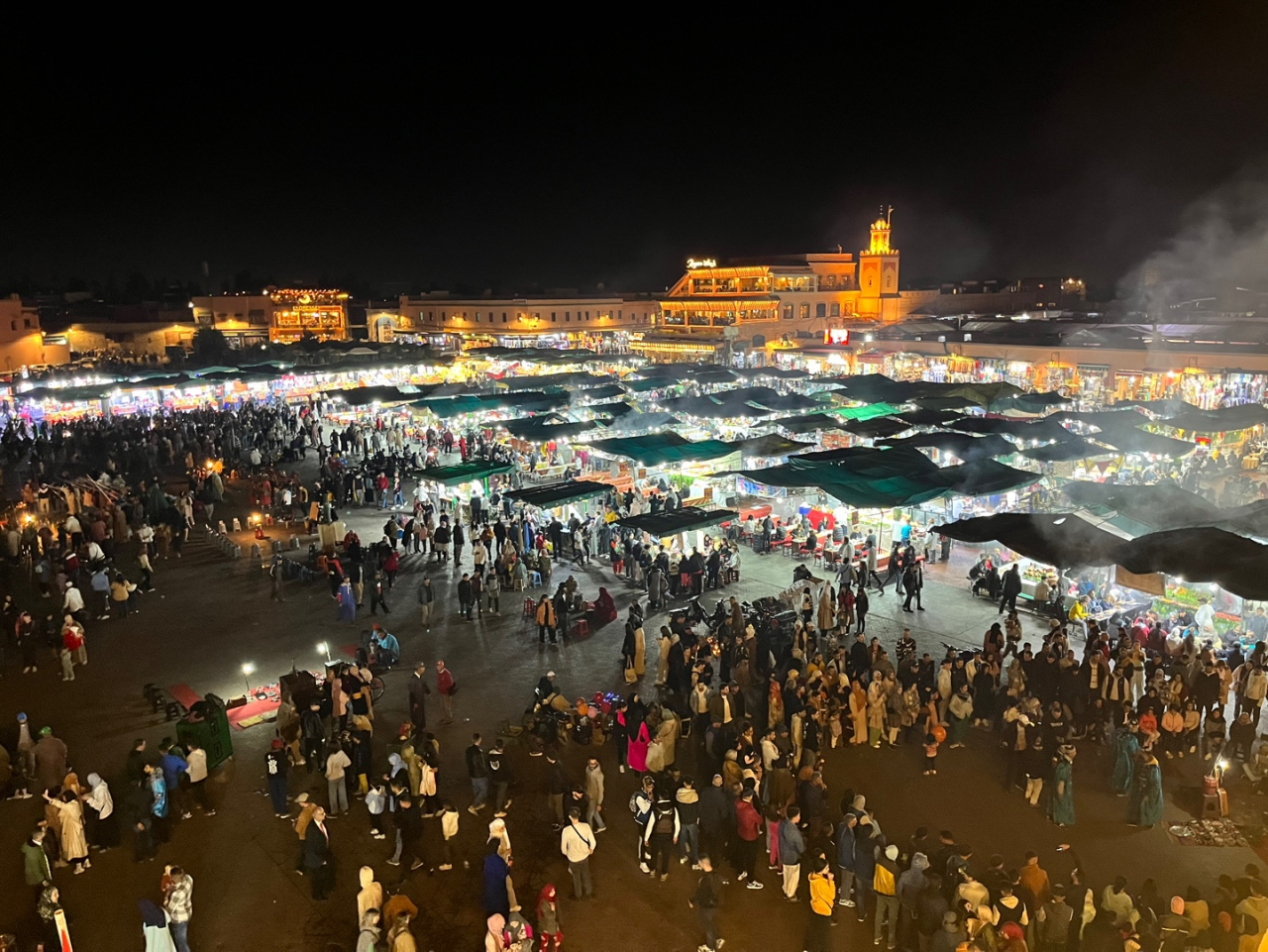
Marrakech
Marrakech, a former imperial city in western Morocco, is home to mosques, palaces and gardens. Here, tourists can thoroughly dive into the charms of Morocco's traditional ways of life.
At Jemaa el-Fna Square, located in the city’s old medina or old part of town, tourists can witness the vibrancy of the city. At night, the square teems with snake charmers, folk dancers and street food vendors serving diverse foods. People can try traditional dishes such as tagine, couscous, pastilla and various kebabs. Since tagine, a North African stew, bears some similarities to galbijjim, Korean tourists usually love the dish, according to Korean tour operators.
From rooftop cafes at the square, people can take in the night view of Marrakech. The cafes are full of customers out to enjoy the night with families and friends.
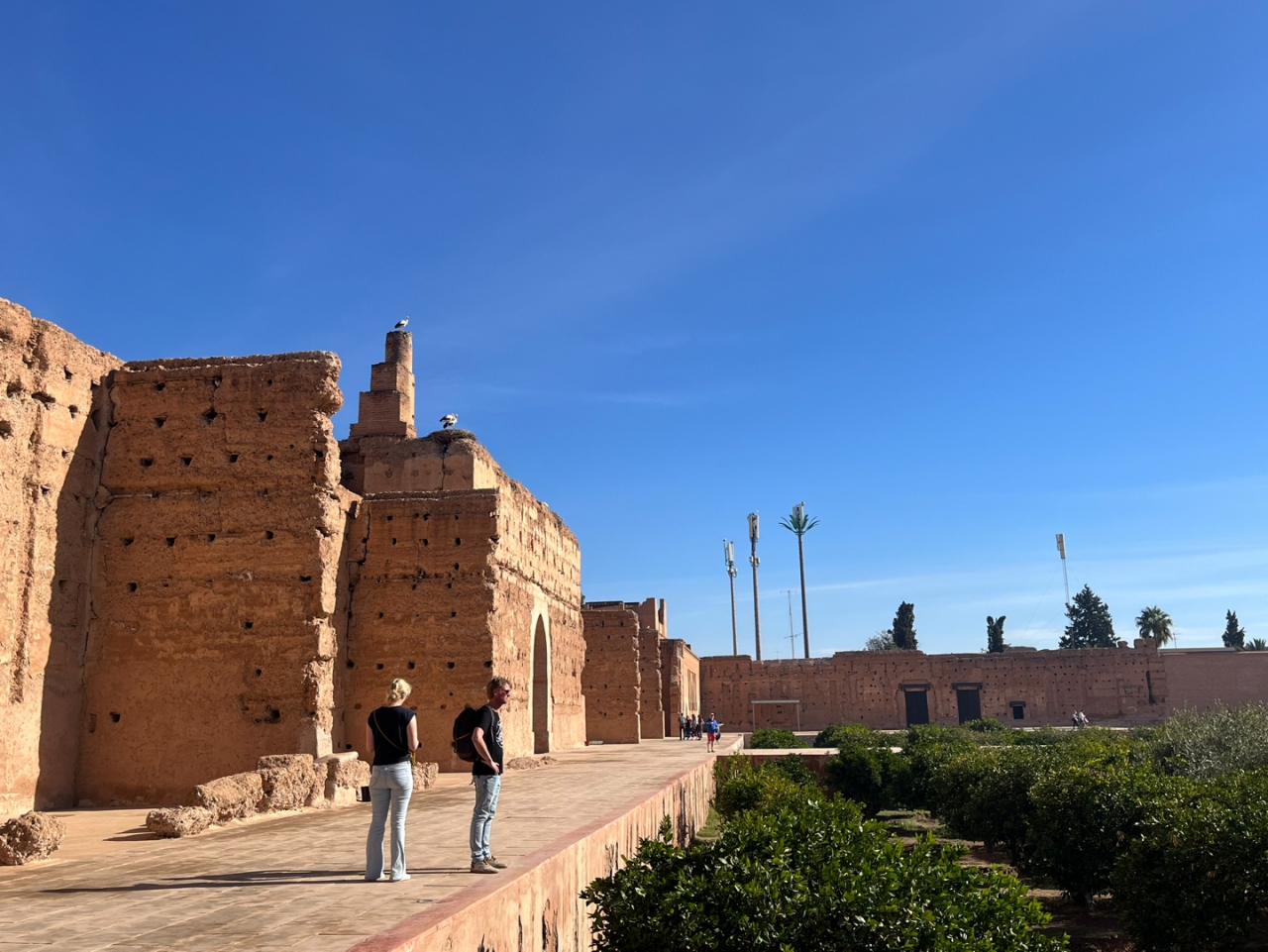
Marrakech is a great place to immerse oneself in Moroccan design, with its traditional colors and geometric patterns. At Bahia Palace, the glittering decorations with Arabic inscriptions, vibrant colors in geometric patterns and arabesques catch the eye. Similarly, Dar El Bacha Museum houses Bacha Coffee -- the namesake of the Singaporean coffee brand -- in a period salon. In contrast, at Badi Palace, intricate stonework with neutral colors gives tourists a sense of calm and relaxation.
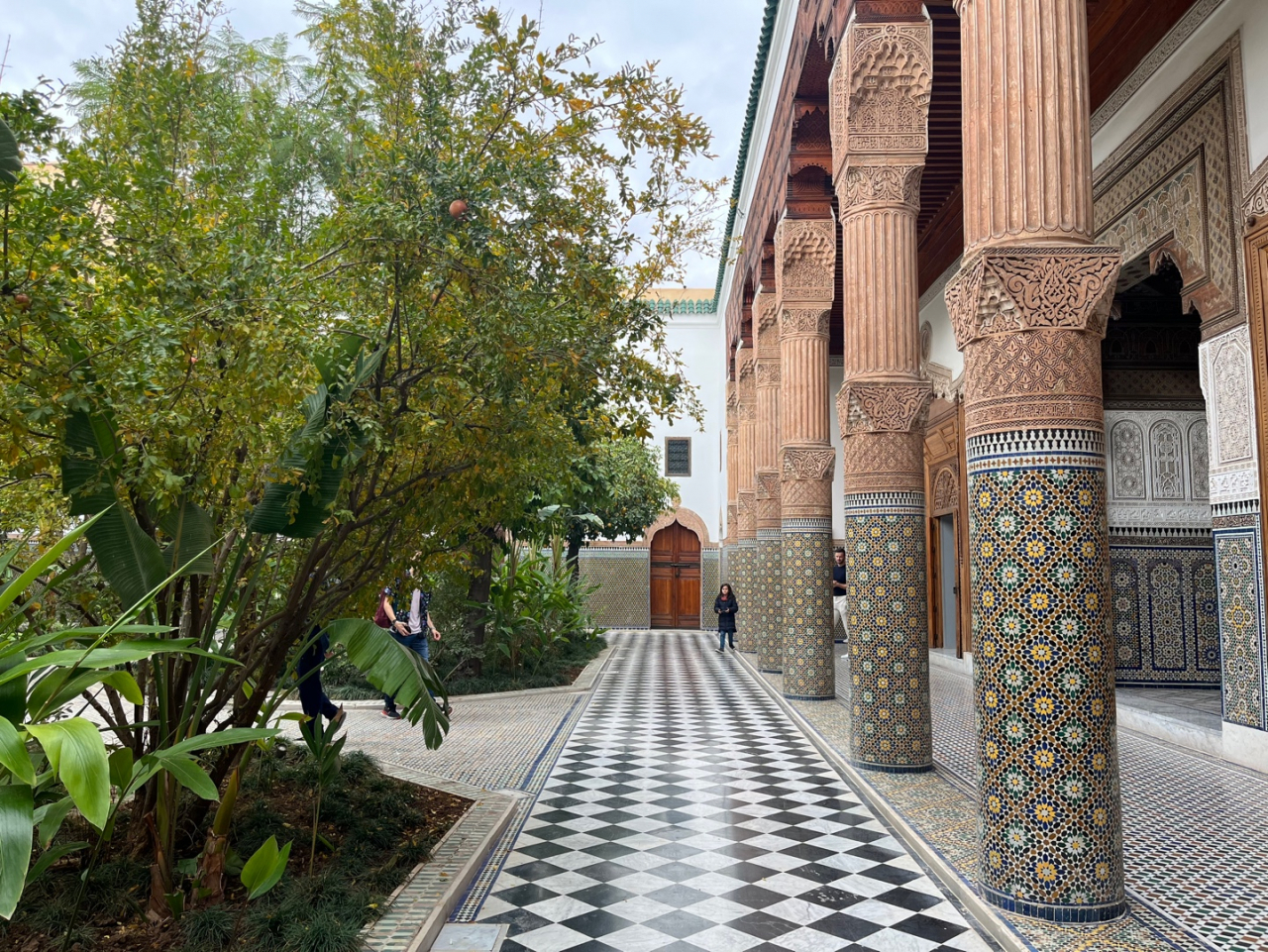
The Majorelle Garden, created by the French artist Jacques Majorelle, and much loved by French fashion designer Yves Saint Laurent, is painted in bold cobalt. As Majorelle brought plants from all over the world to the garden, including cacti, bamboo, banana trees, coconut palms and giant agaves, people can cool off on a hot day there.
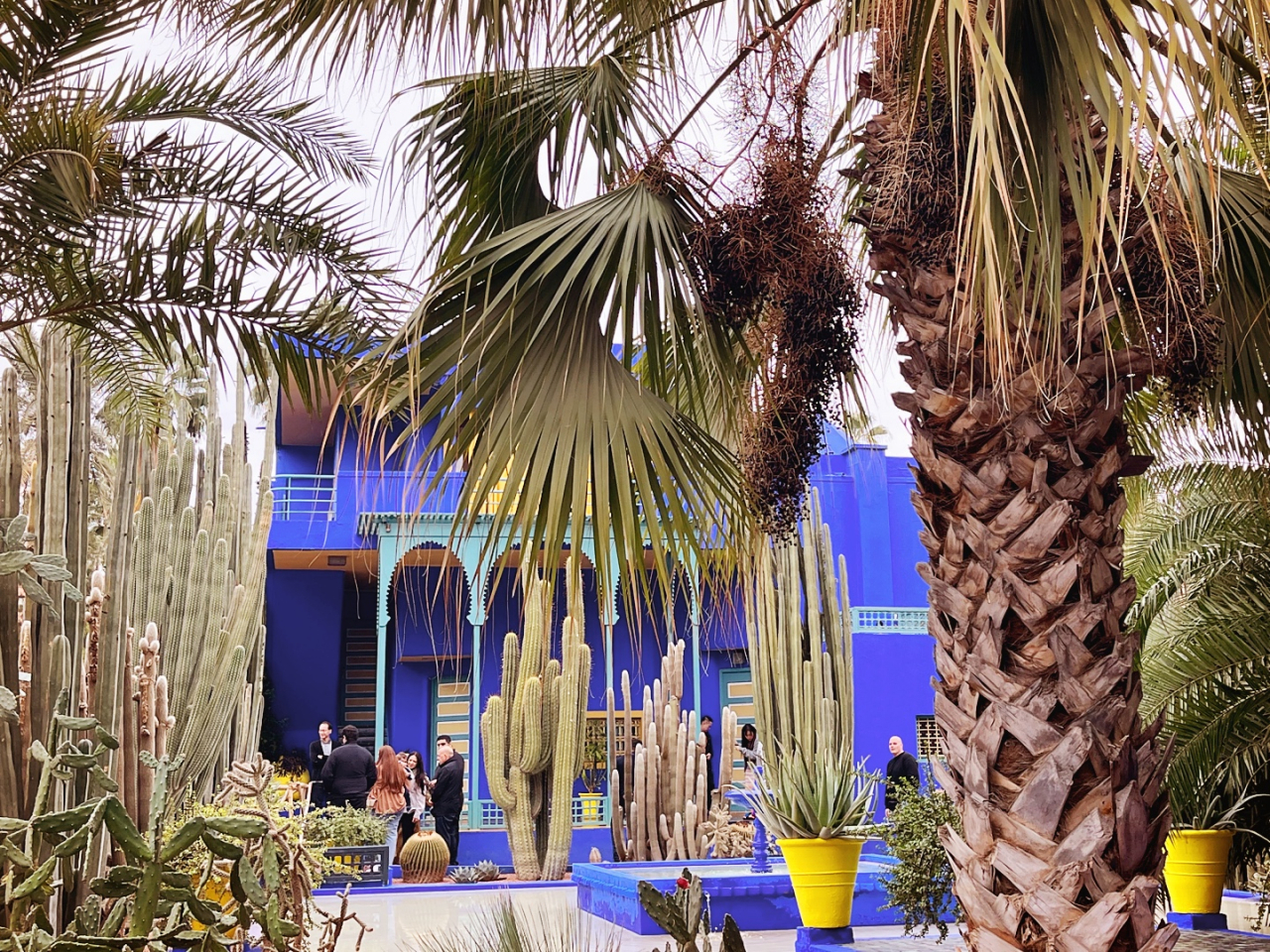
Except for a few damaged walls in the city, generally this reporter could not find evidence of the magnitude 6.8 earthquake that hit the city on Sept. 8. Marrakech has fully returned to normal after the earthquake, according to Tarik Kadiri of the Moroccan National Tourism Office.
Casablanca
Casablanca, a port city in western Morocco, is a commercial and tourist hub. It is worth visiting for its beautiful beaches and the country's largest mosque, the Hassan II Mosque. The mosque was commissioned by Moroccan King Hassan II in honor of King Mohammed V to be the most ambitious structure ever built in Morocco and became the largest functioning mosque in Africa. The mosque can hold up to 105,000 people. The mosque is one of the world's most high-tech, with heated flooring, a retractable roof and a laser light atop its 210-meter minaret, pointing the way to Mecca each night.
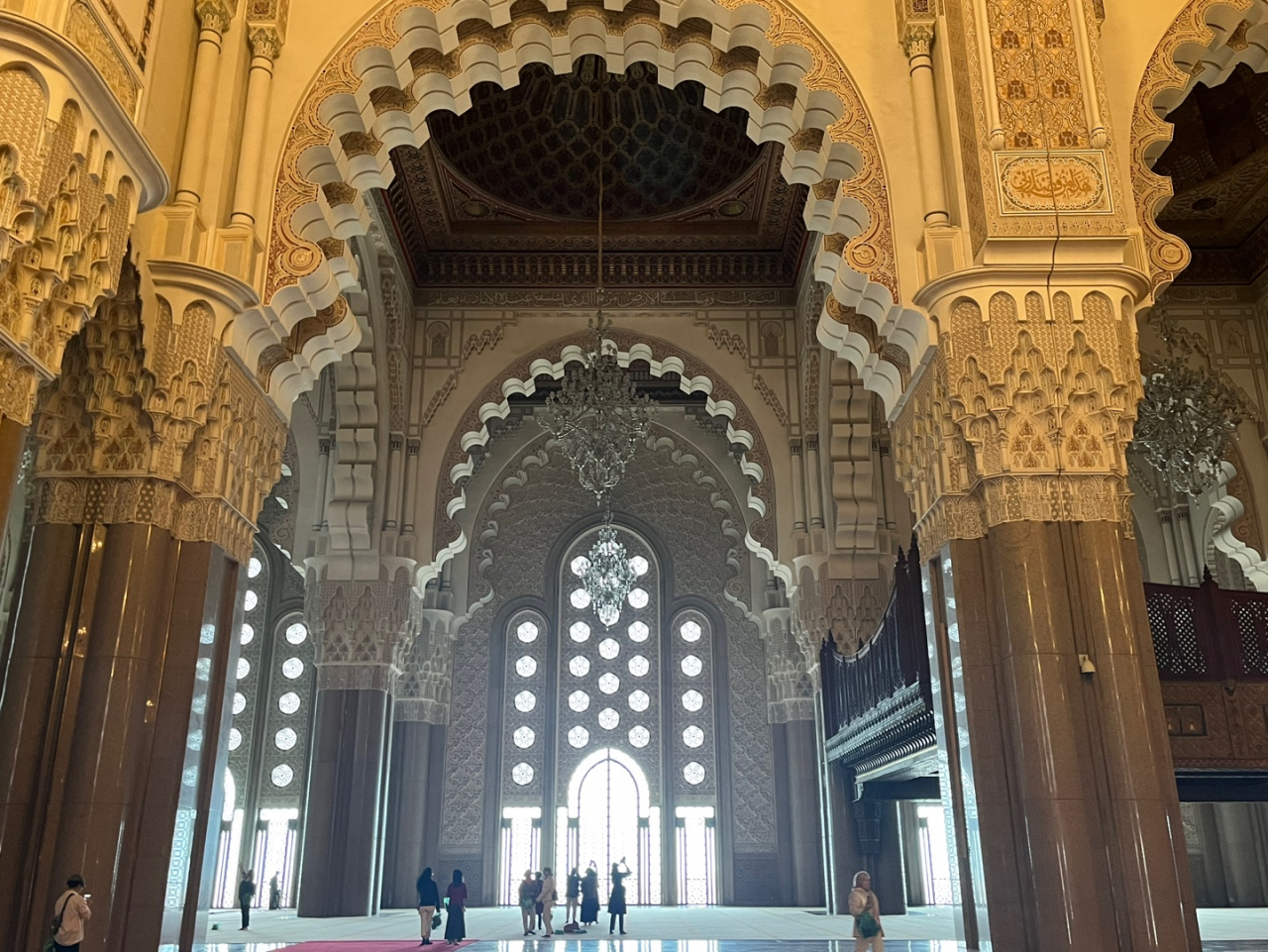
Casablanca is the perfect place for beach goers. As it is a popular destination for surfers thanks to consistently good waves, tourists can enjoy watching people surfing while having a "Casablanca" beer at a fancy restaurant along the beach.
Casablanca is of course also famous for the 1942 Hollywood film, "Casablanca." “As many Koreans loved that movie so much, we try to include some places shown in the movie in the itinerary when making Moroccan tour programs, such as Rick’s Cafe,” a Korean travel company employee said.
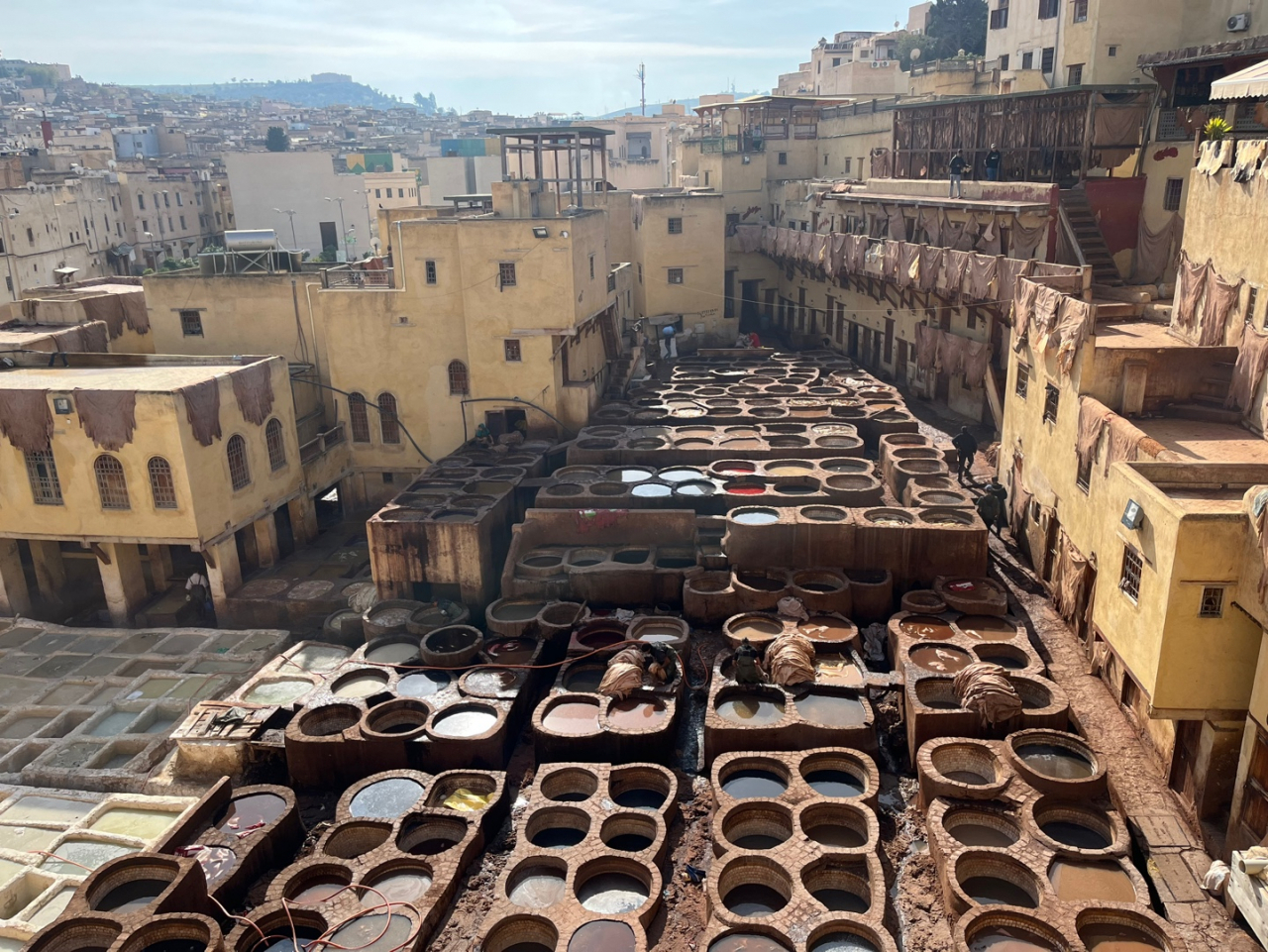
Fes
Fes is another historical capital of the country, similar to Marrakech, but it is famous for its leather products. Its souk or bazaar is home to three historic leather tanneries. Chouara Tannery is the largest and oldest -- almost 1,000 years old. The sights and smells of the tanneries are some of the strongest memories for any visitor to Fes. After taking in a bird's-eye view of a tannery from a rooftop nearby, people can head back down into the shops and look through the leather goods for sale.
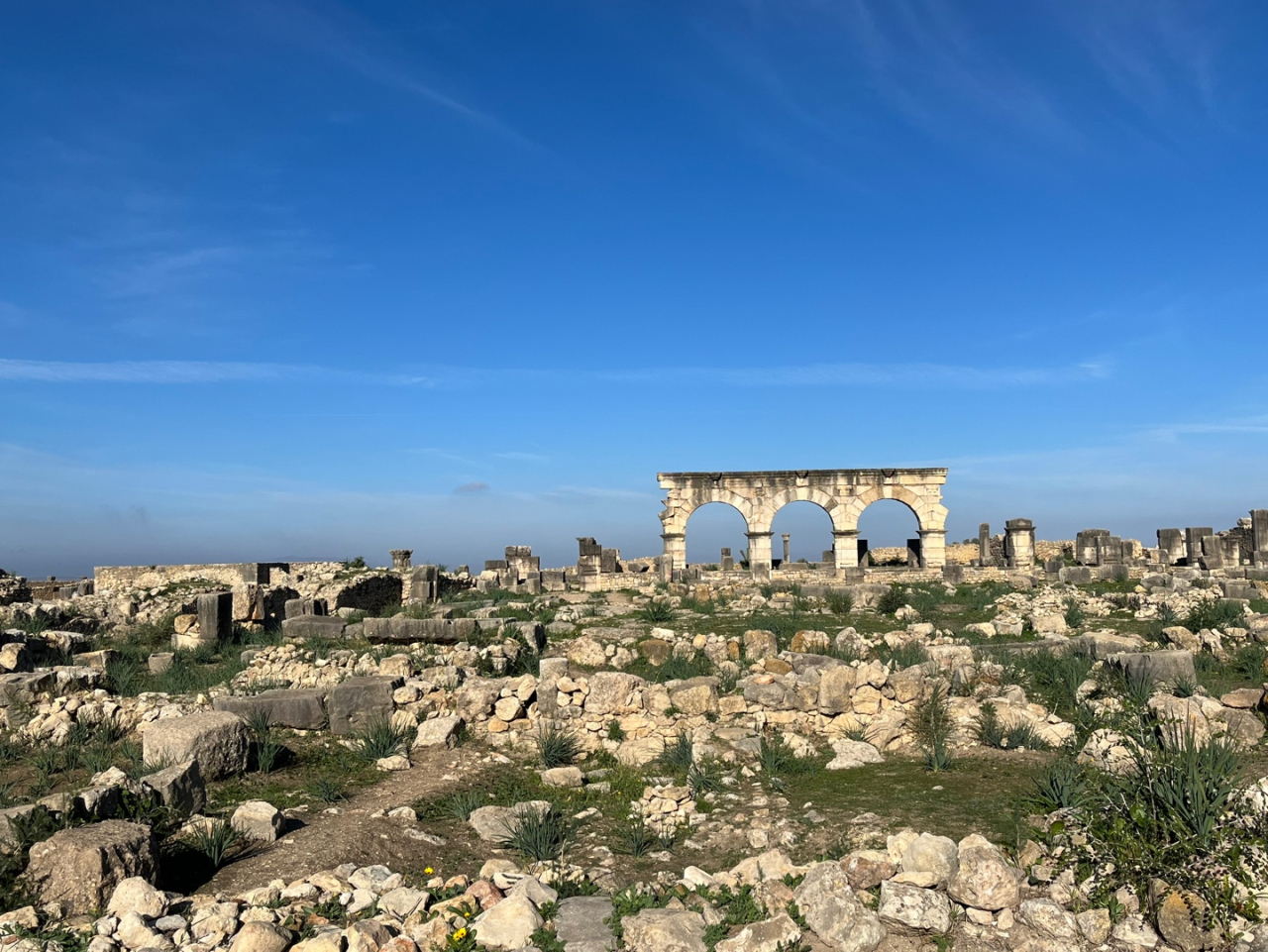
Meknes
Meknes, a city in northern Morocco, is known for its imperial past, in particular its ruins of the major Roman settlement of Volubilis. Volubilis was one of the most remote outposts of the Roman Empire. The Romans ruled here for about 200 years, until the year 285, when the empire grew too large to control. It is now a registered UNESCO World Heritage site as Morocco's best-preserved Roman ruins.
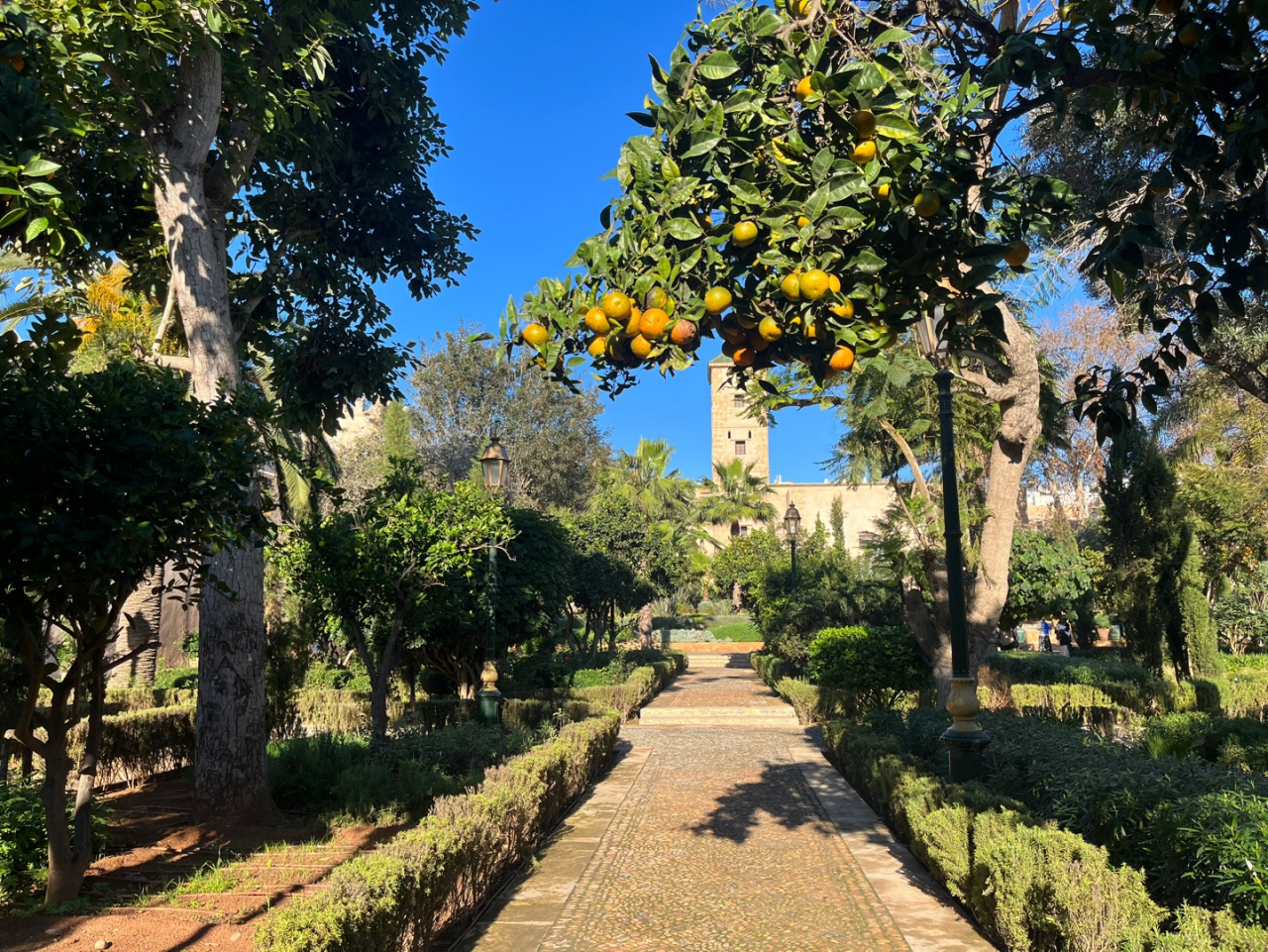
Rabat
Rabat, Morocco's capital, rests along the shores of the scenic Bou Regreg river and the Atlantic Ocean. This clean city is known for landmarks that speak to its blend of Islamic and French heritage, including the Hassan Tower, the Royal Palace, the Mohammed VI Tower and the Andalusian Gardens.





![[Weekender] How DDP emerged as an icon of Seoul](http://res.heraldm.com/phpwas/restmb_idxmake.php?idx=644&simg=/content/image/2024/04/25/20240425050915_0.jpg&u=)



![[Music in drama] An ode to childhood trauma](http://res.heraldm.com/phpwas/restmb_idxmake.php?idx=644&simg=/content/image/2024/04/25/20240425050929_0.jpg&u=)




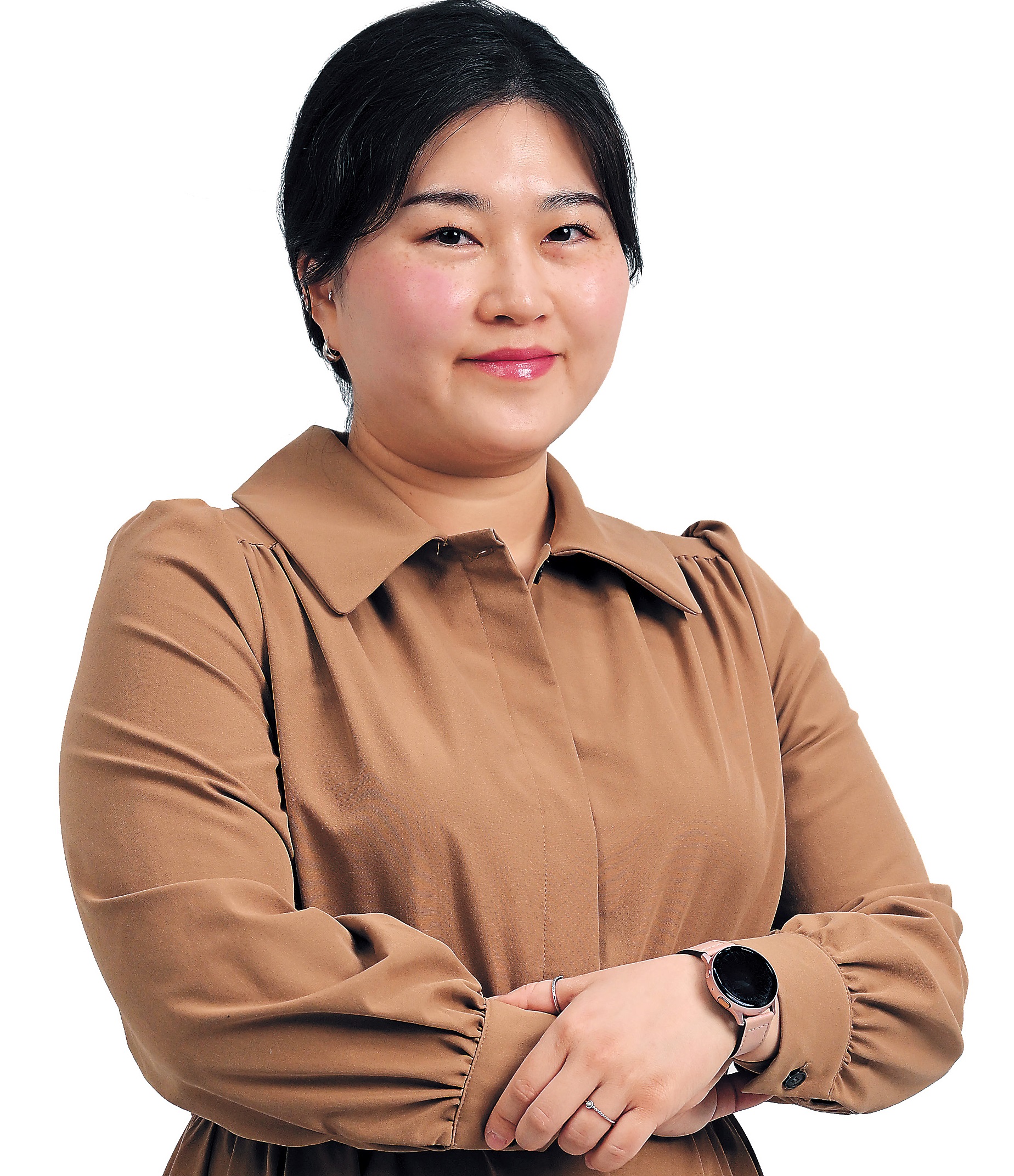




![[Herald Interview] Mistakes turn into blessings in street performance, director says](http://res.heraldm.com/phpwas/restmb_idxmake.php?idx=652&simg=/content/image/2024/04/28/20240428050150_0.jpg&u=20240428174656)
